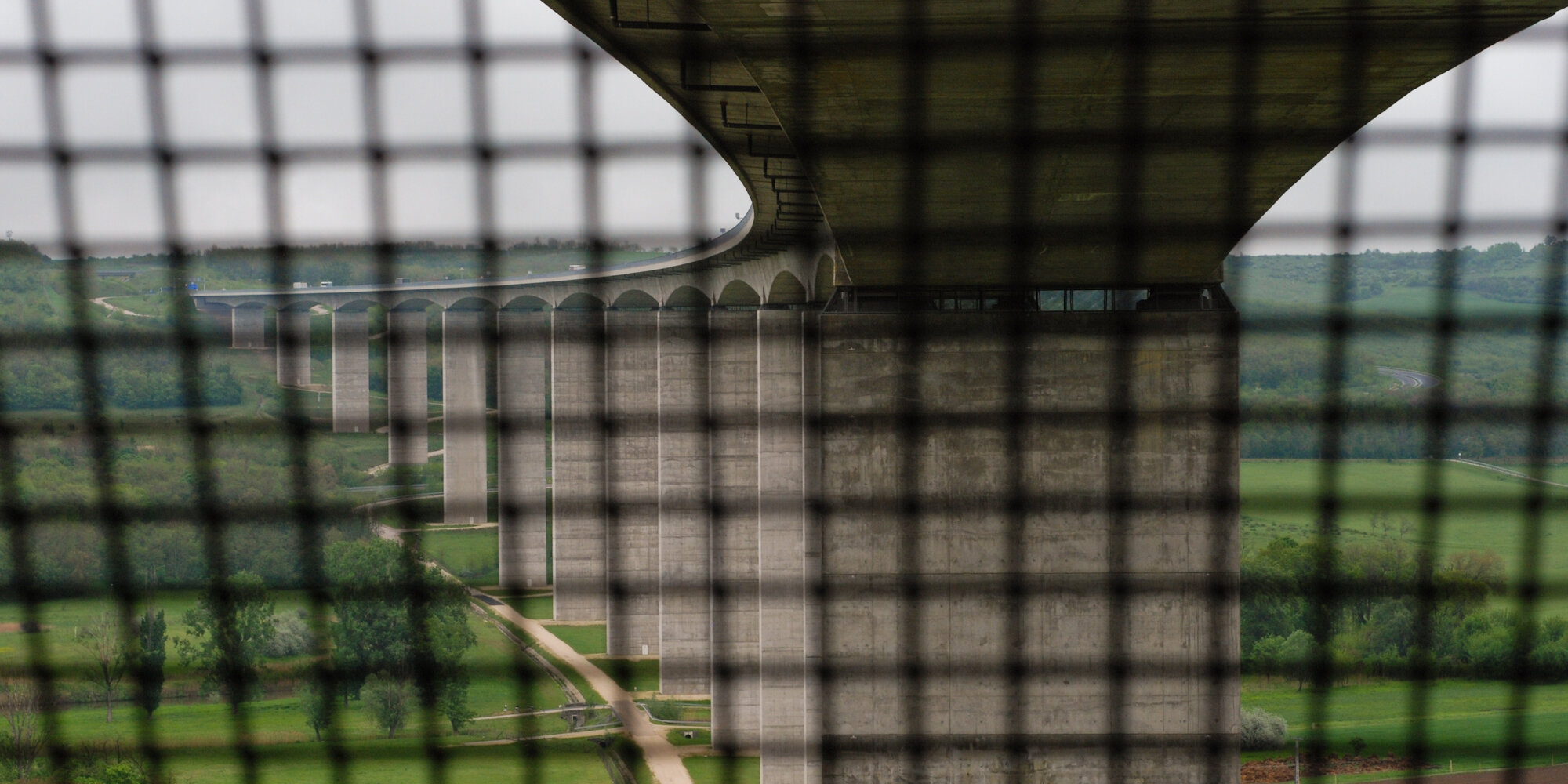One of the largest structures of the Balaton, the Kőröshegy Viaduct is alive and moving on the inside. Tours into the bridge are rare, but worth your time. Teflon pads, flocks of sheep, and an excellent bridge master who explains it all.
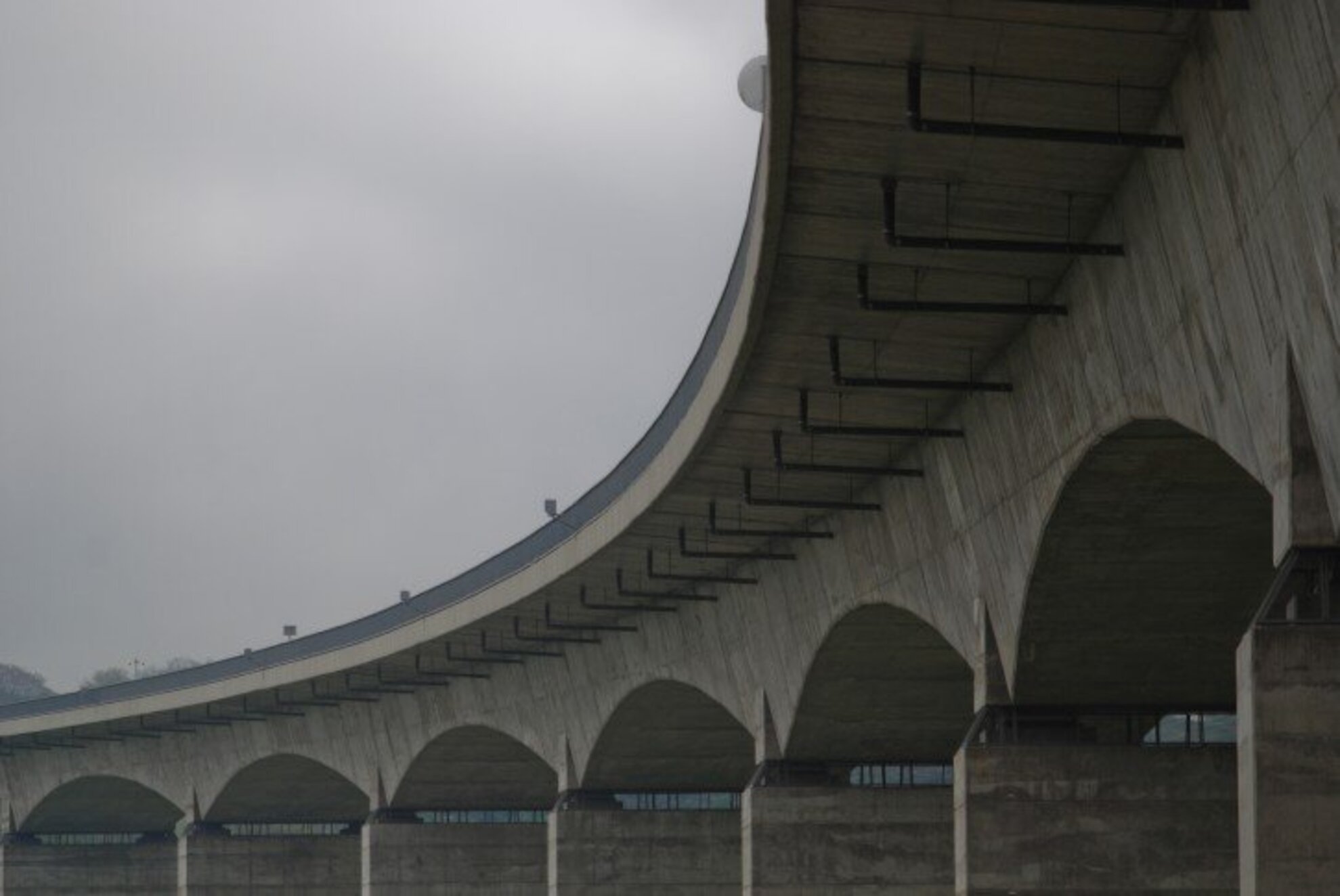
Since the construction of the Tihany Abbey of about a 1000 years ago, nothing built at Lake Balaton has left such an impression on the panorama of the Lake like the viaduct of highway M7, the Köröshegy Viaduct, stretching at a height of 88 metres above Köröshegy and Balatonföldvár.
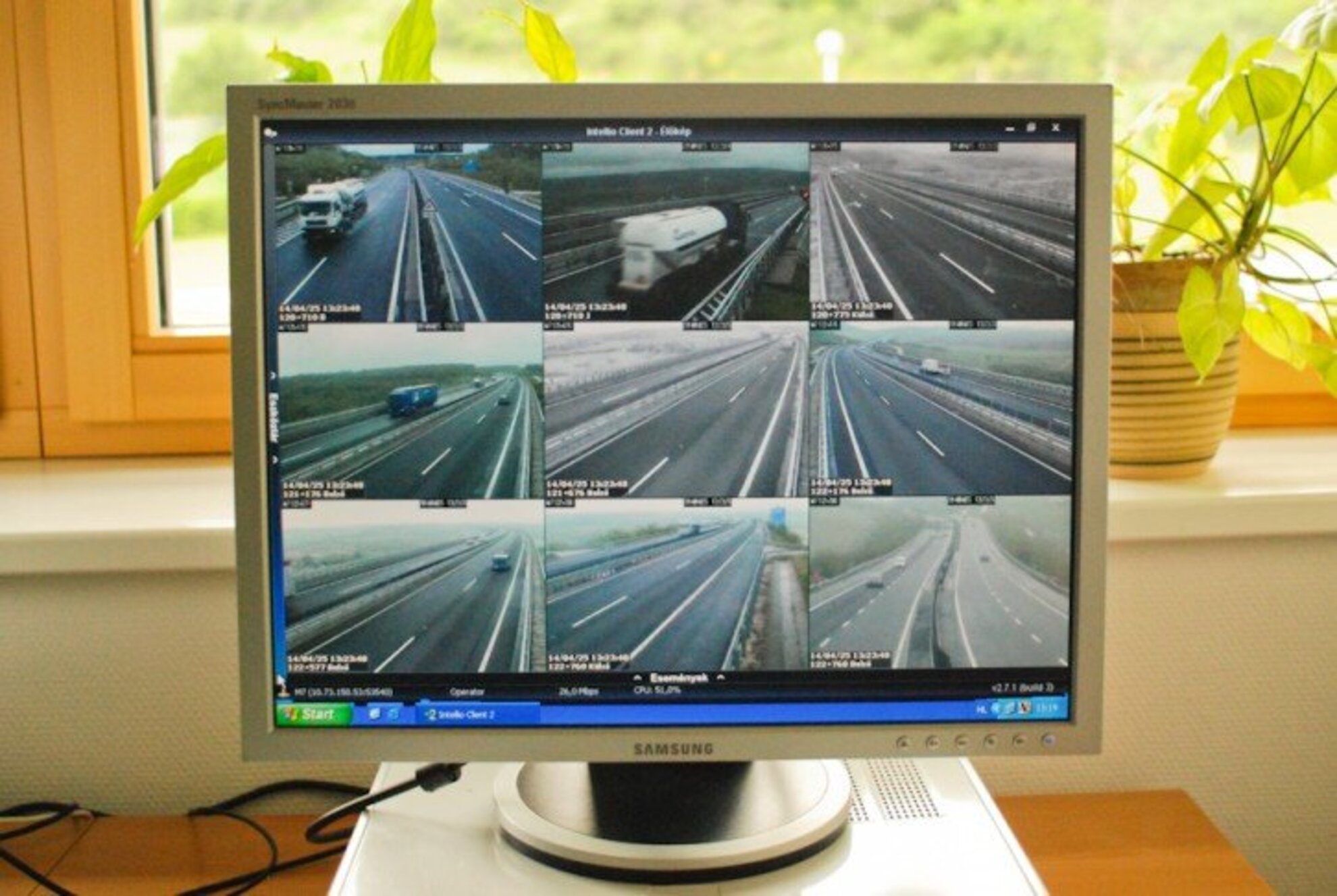
Such a gigantic structure can only be compared to the human body. It is alive and moving: it dilates and shrinks. It is webbed by channels, braces, and tunnels on the inside, where an everday visitor is a rare sight. The bridge master's site is also a secluded place - it is here where the bridge traffic is monitored.
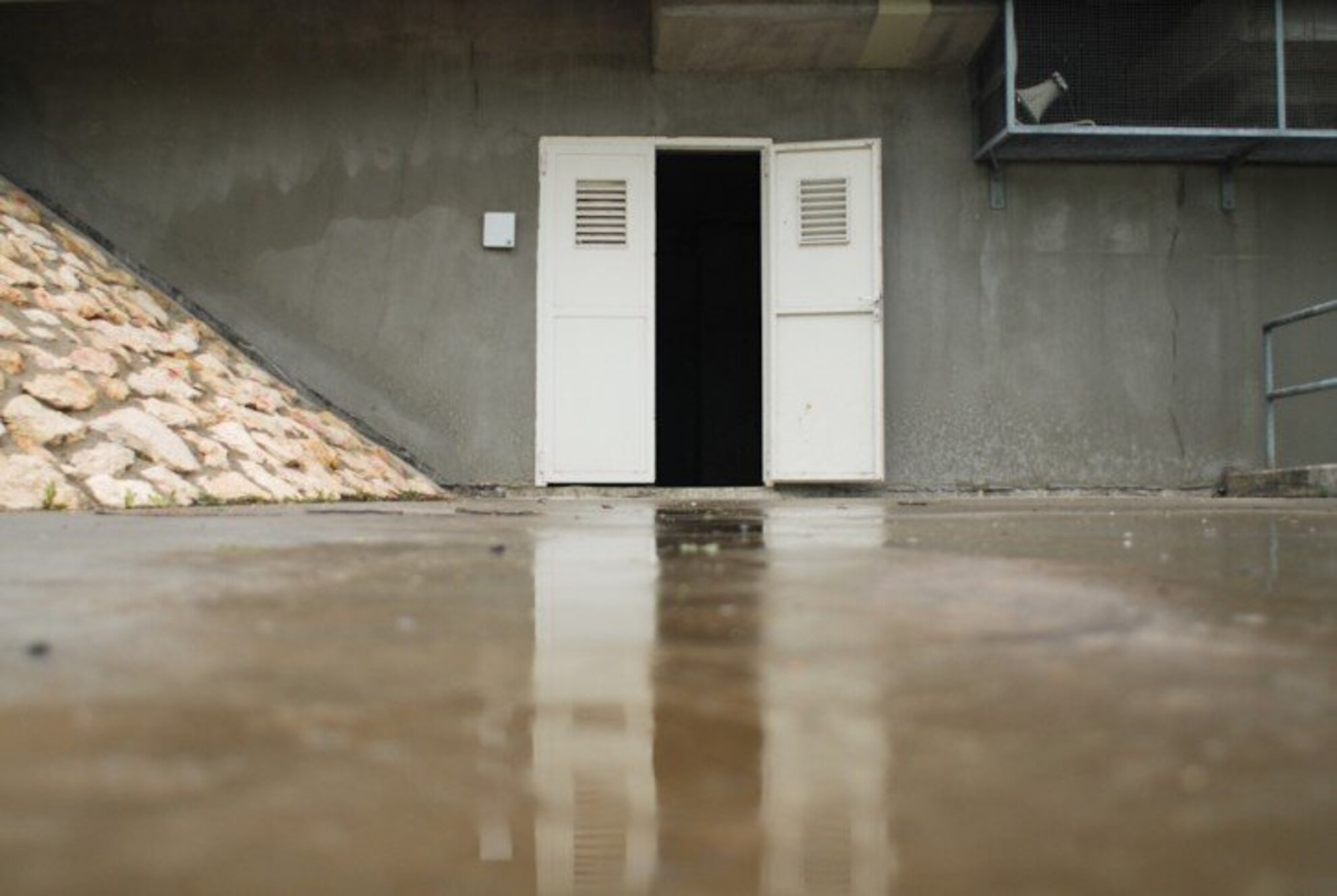
Occasionally, there are tours to the insides of the viaduct: the gate pictured here will open up on 9 May, in the frame of Open Balaton. This is, of course, not the only opportunity for getting to know the largest bridge of the country inside out: be sure to follow the news of the Balatonföldvár Tourism Association.
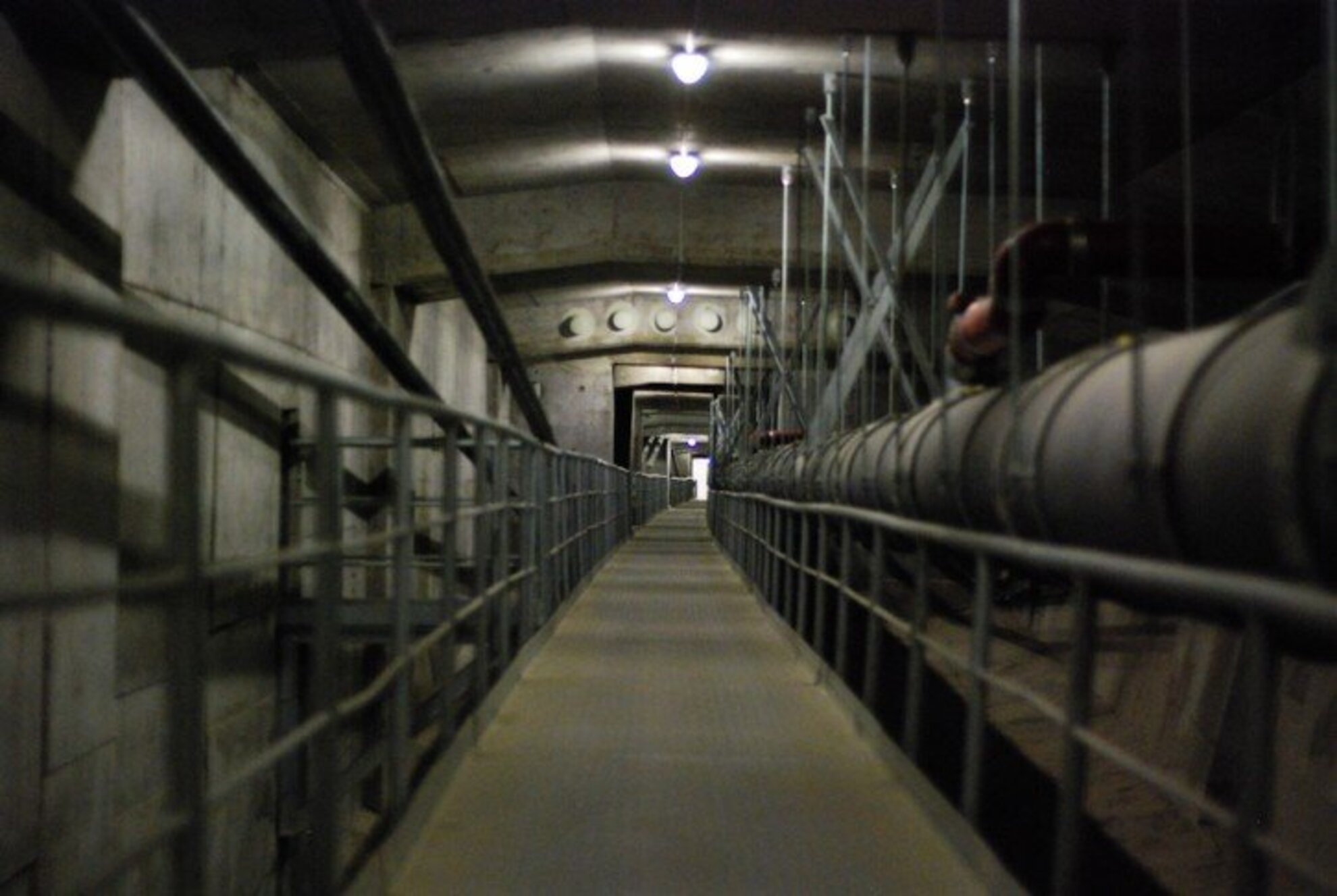
It is possible to walk along the entire length of the 1872-metre-long structure of the Kőröshegy Viaduct inside. The pillars are also accessible, two of them even have an elevator each. The highest pillar is only centimetres away from towering to a height of 80 metres.
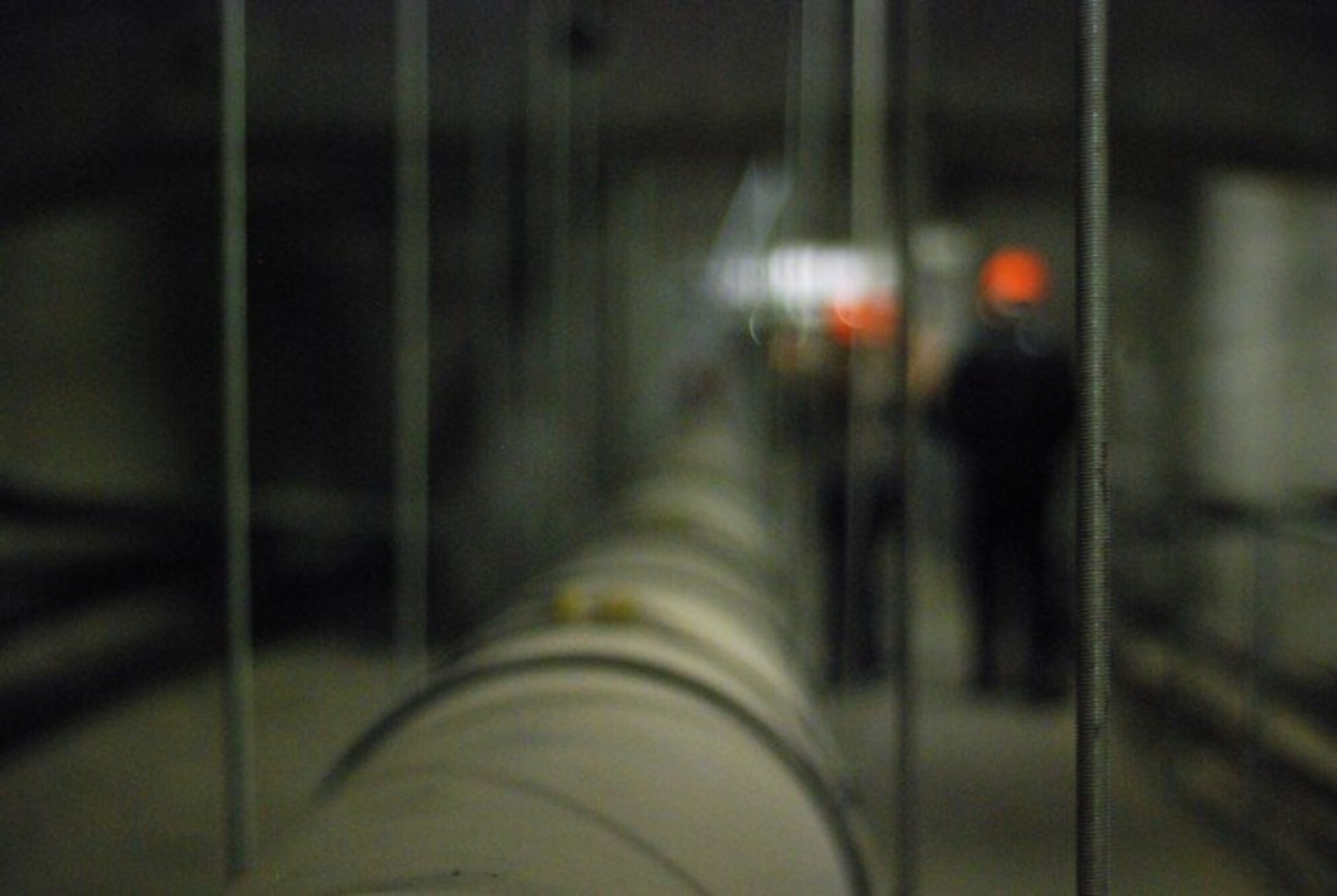
There is a thick main channel inside the viaduct, which is quintessential: this pipe leads off the precipitation soiled with oil, salt and exhaust gases that collect on the road running along the bridge. There is a separate storage for snow as well next to the bridge, just in case they ran out of room to clear an extraordinary amount of snow off the road.
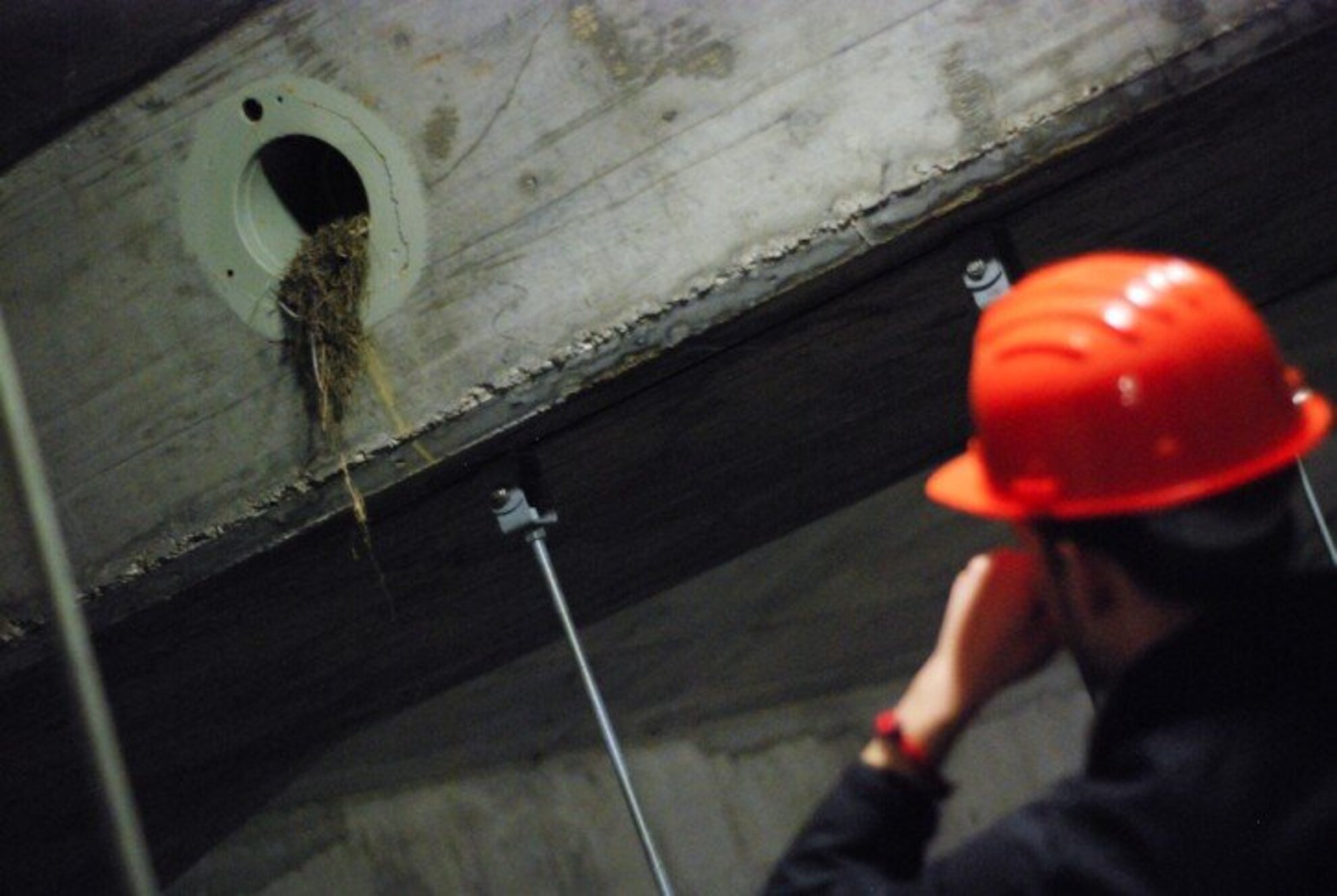
Measures have been taken to prevent animals from entering the structure - but they are still trying. The onwer of this nest probably moved in during the construction.
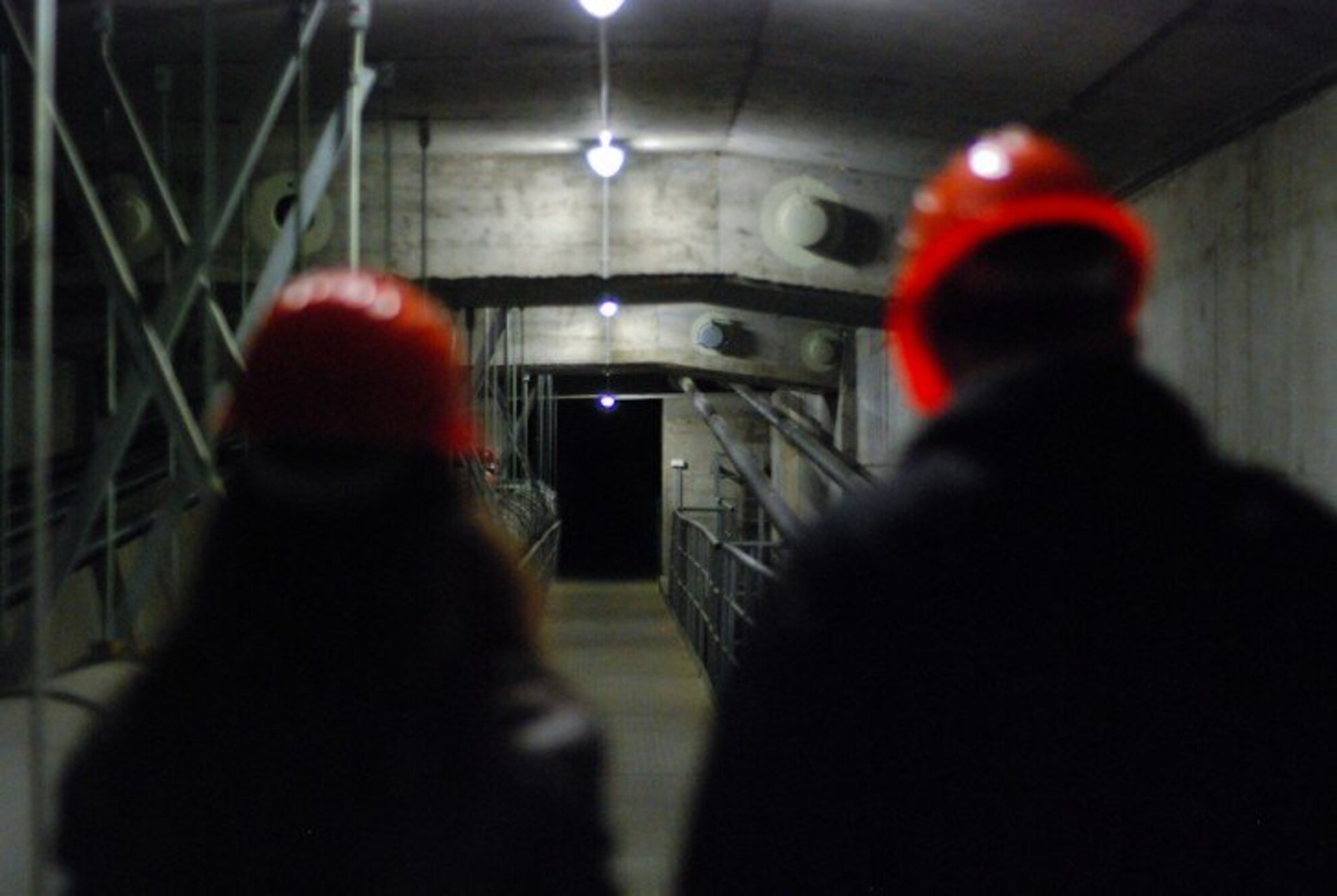
In the frame of the tour of the viaduct, you can walk along the metal construction and venture down into one of the pillars as well. For this, you'll get an orange helmet and an expert guide in the person of the bridge master - you will also get to know his out-of-ordinary job. Just one fun fact: in addition to the Köröshegy Viaduct, he also monitors 300 other bridges.
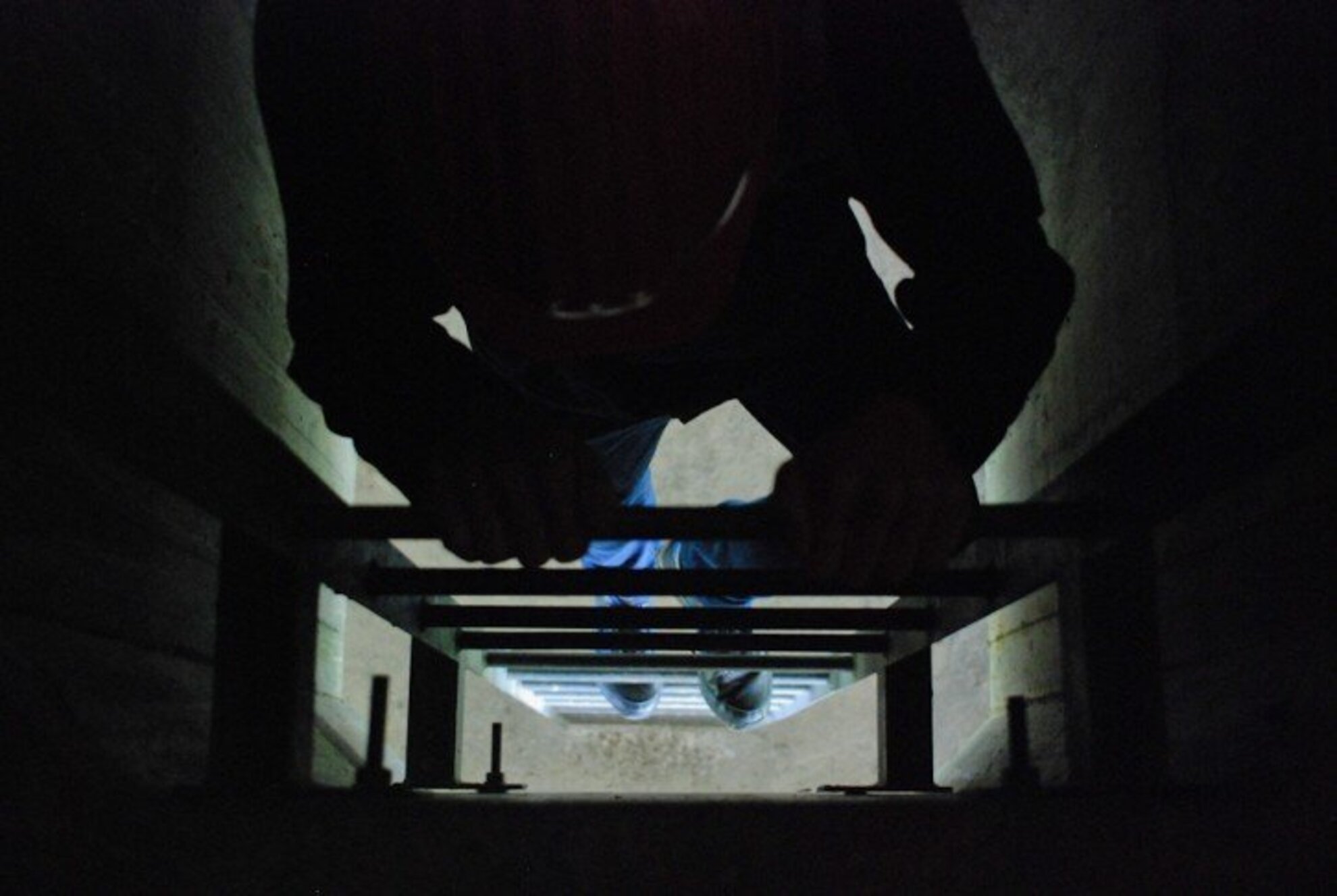
Inside the bridge, you must climb stairs and ladders between different levels. This ladder takes you to the top of one of the pillars. Each pillar has a "roof terrace", to give comfortable access to the teflon pads on which the structure slides. The panorama is extraordinary.
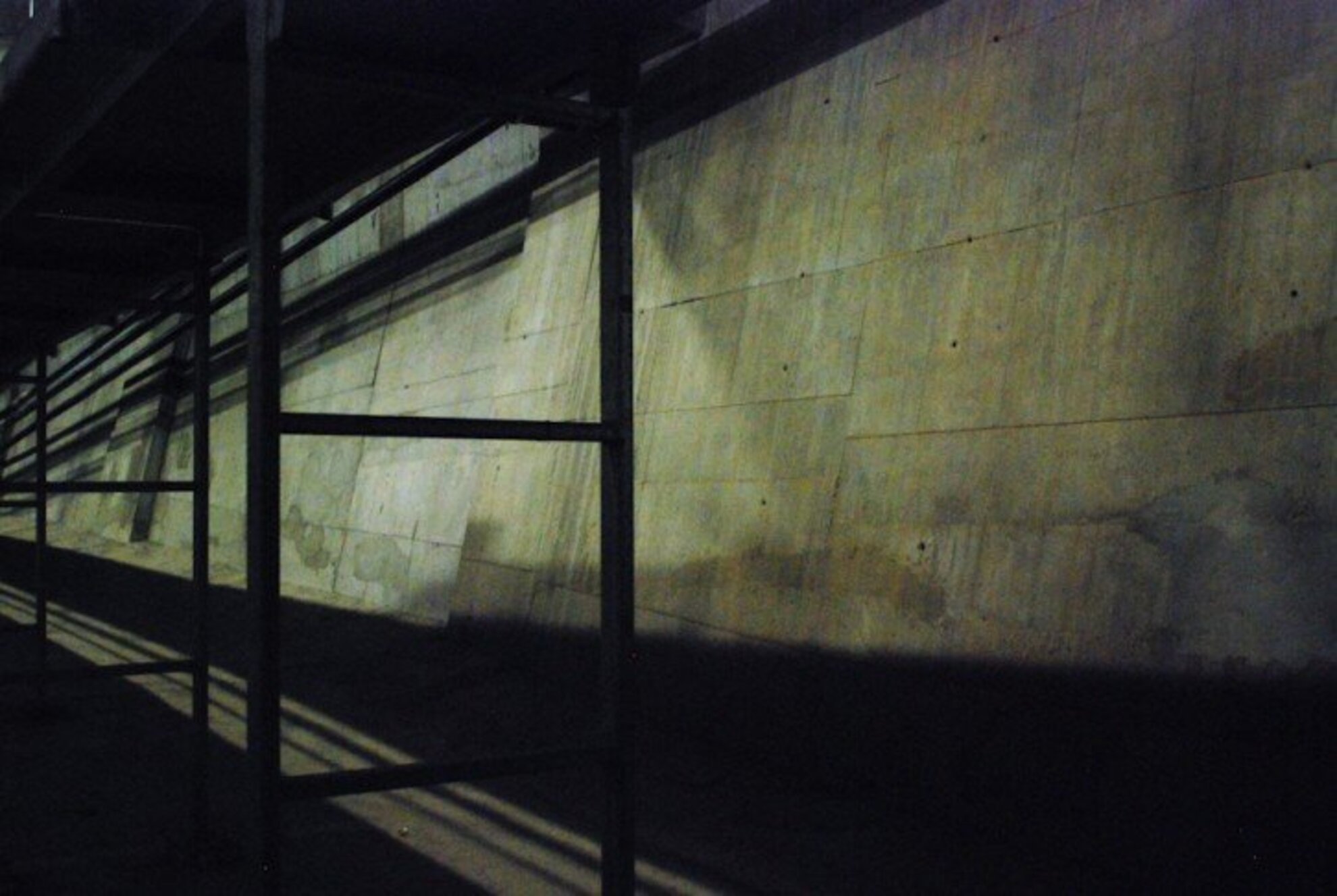
Concrete and steel everywhere: the viaduct has 120 000 cubic metres of the previous and 19 000 tons of the latter. The total length of the piles supporting the pillars is 19 kilometres.
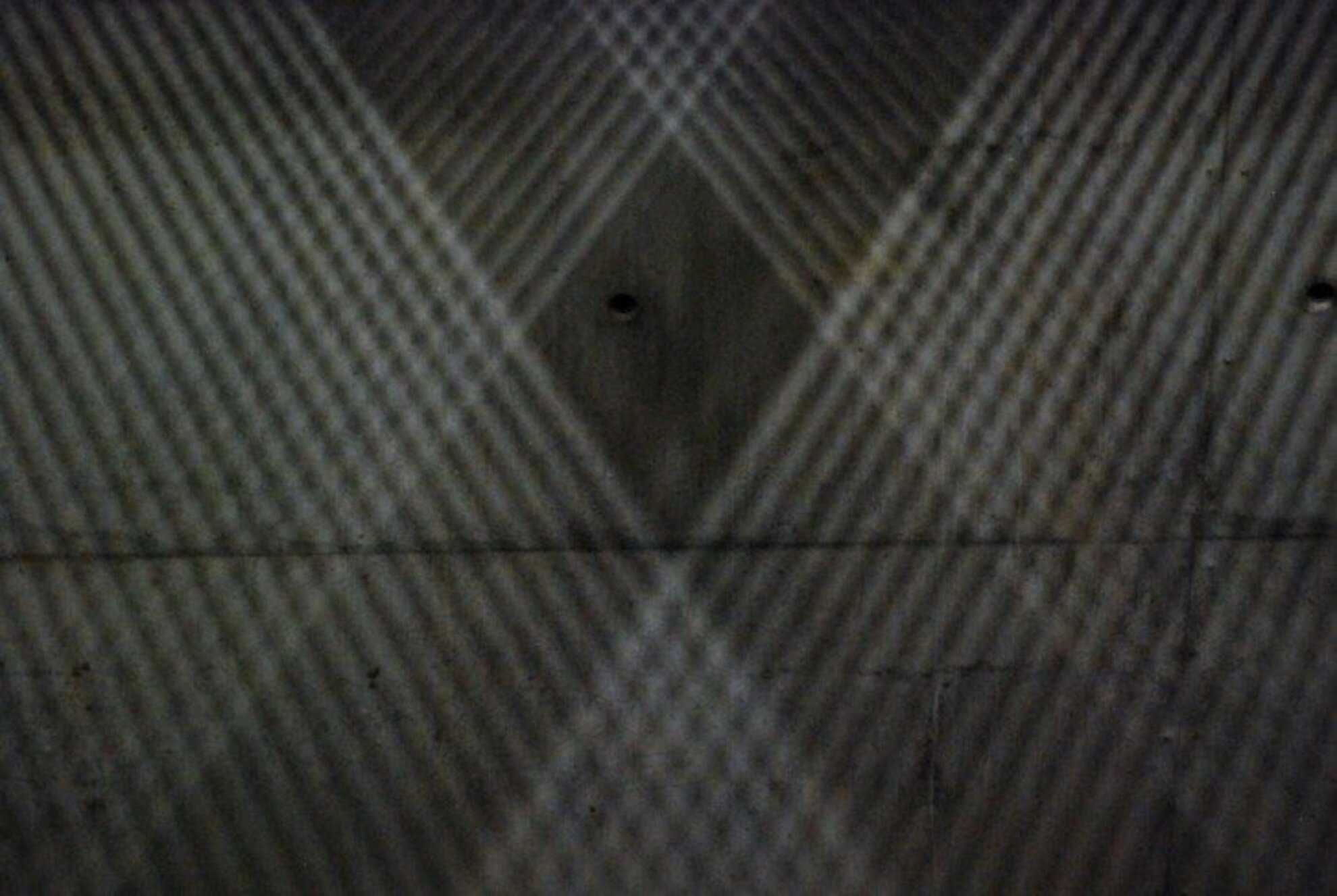
Lights and shadows on the concrete. The only natural light creeps in through ventillation holes that prevent moulding - but these holes also mean that there is extreme cold in the winter and extreme heat in the summer inside of the concrete structure
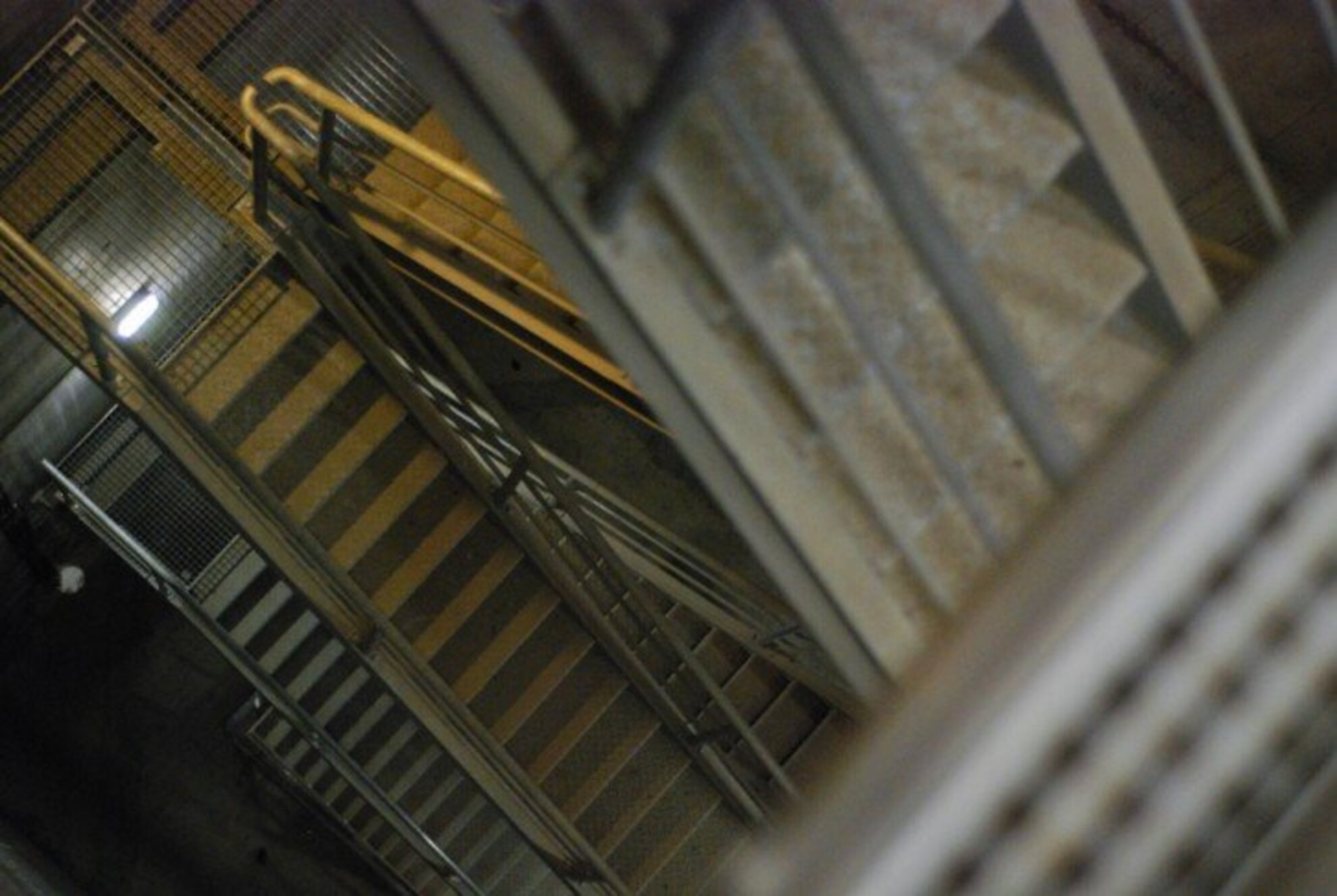
Inside the staircase of one of the pillars. Not recommended for people suffering from acrophobia, as one can glipmse deep down between the structures.
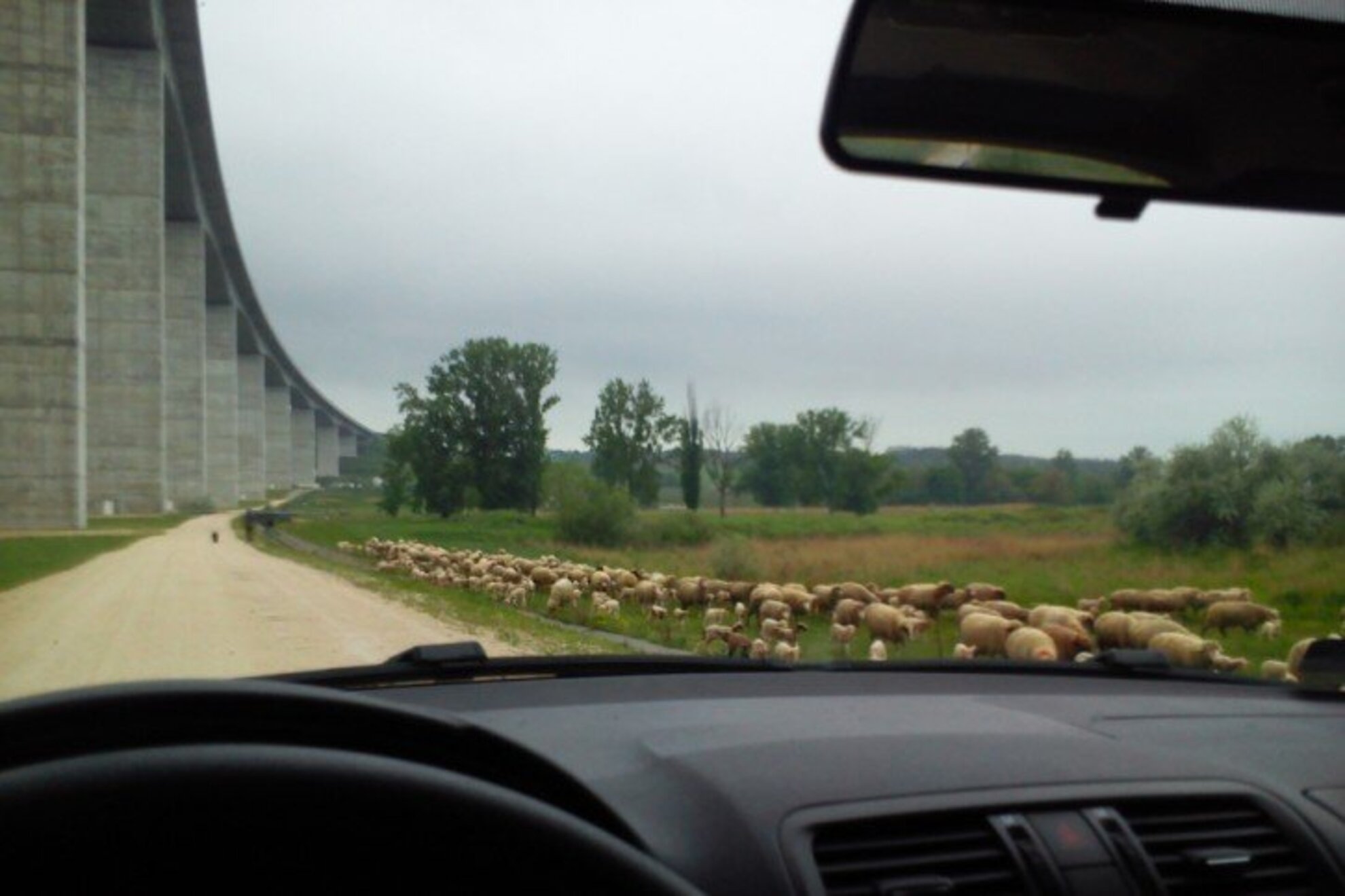
Although animals cannot get inside the viaduct, they can get under it. Flocks of sheep are often seen grazing under the bridge.

